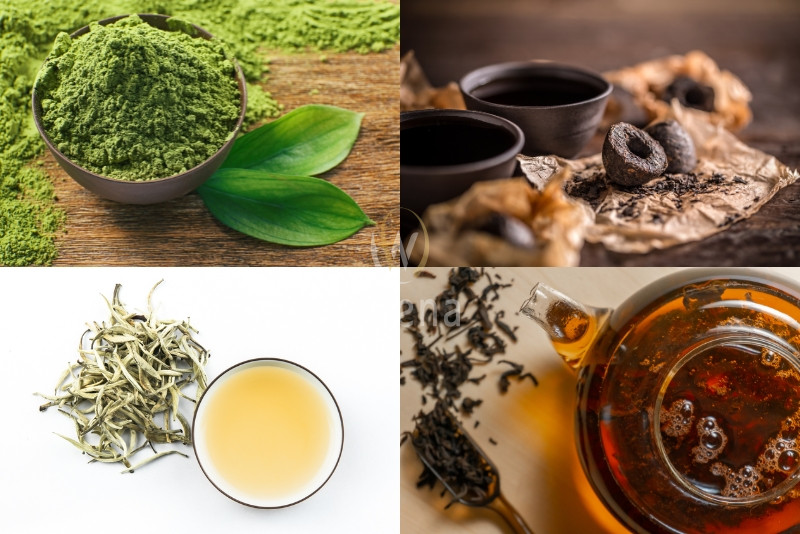Tea farms are enchanting landscapes where nature, tradition, and craftsmanship converge to produce one of the world’s most cherished beverages. Whether nestled in misty mountains or sprawling across lush plains, tea farms are the heart of tea production, providing the leaves that define countless cultures and rituals. This article delves into the world of tea farms, exploring their cultivation practices, environmental significance, and cultural impact. 1. The Basics of Tea Farming Tea comes from the plant Camellia sinensis, which thrives in tropical...











